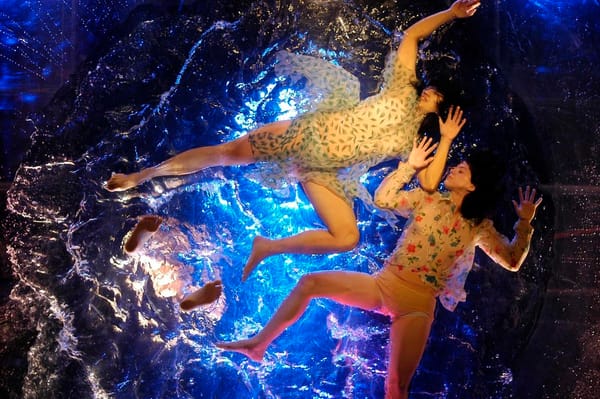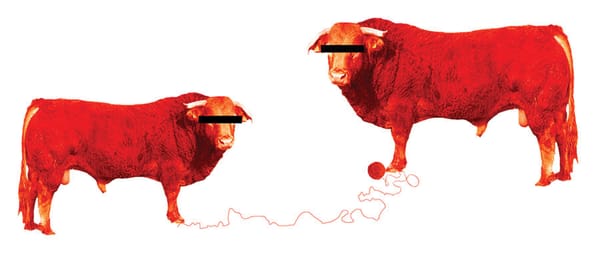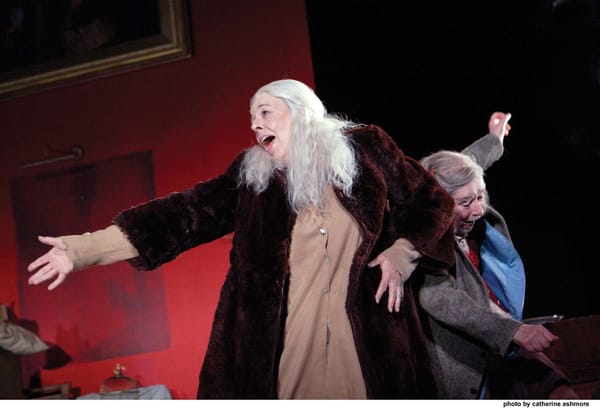Polar-oids
Lily Le lets the inner biologist out and checks out the Wildlife Photographer of the Year
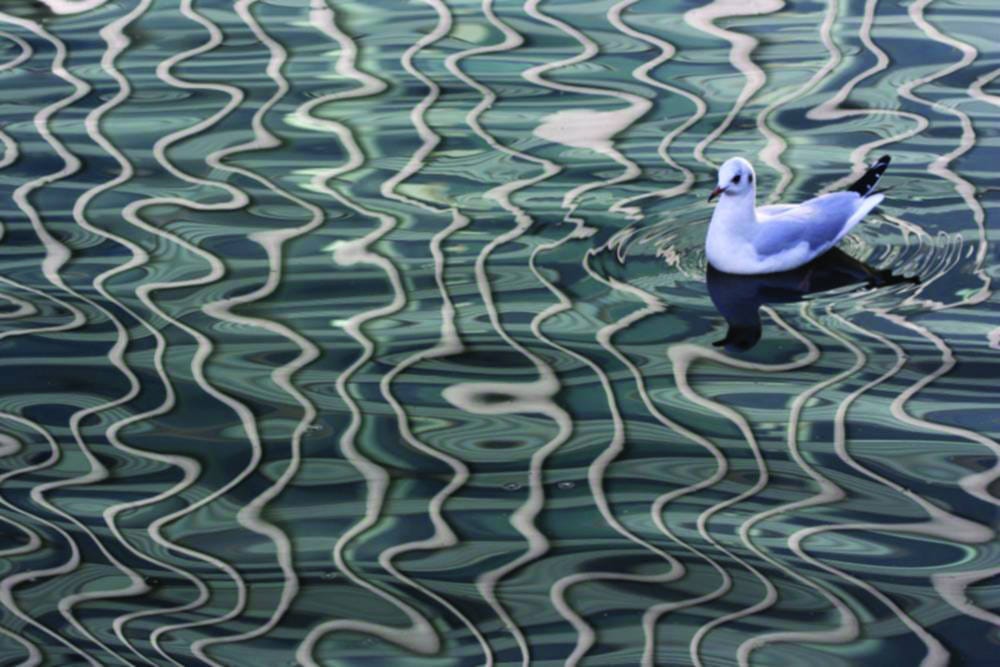
The Wildlife Photographer of the Year exhibition always proves an exciting, engaging, and inspiring visit if the permanent NHM displays were not already enough.
Every year, the number of categories, pictures and confusing pathways needed to navigate around each section seems to expand. This year it was annoying that they made the winning photos the first on display in each section’s line-up, which ruins the suspense and excitement when you know the subsequent images will be (in the judges’ eyes) worse.
It is always fun to go with a friend and have a debate about whether the right winners were chosen and why. Every visitor has an opinion for every photo and it is very interesting to eavesdrop and hear what other people think in comparison to yourself.
Particular highlights include “Ghost Bears”, an image of two male brown bears fighting in the eastern Finland. Take one look at the picture, and you hear their violent growls and roars which seem to be muffled by the visual blurring of the picture. It feels as if the lack of clarity of the image makes it less frightening to look at, but at the same time reminds you of the strength of these creatures in motion.
Also enjoyed was “Fly-by Drinking”, a snap of the endangered grey-headed flying fox bat with a cheeky tongue bobbing out as it skims over a body of water for a drink, as well as “Sands of Time”, which displays the intricate beauty and colour of marine invertebrate skeletons worthy of any wrapping paper (which the gift shop disappointingly did not have).
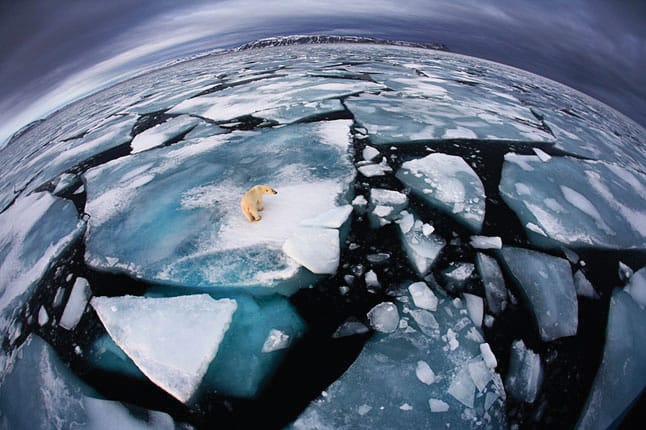
These were just a few personal favourites amongst numerous other unbelievably striking images. However, fans who regularly attend may also be slightly disappointed by many repetitive themes which seen to crop up each year, and even throughout the exhibition. It does not make them uninteresting or unoriginal pictures, but it does get a bit boring after seeing, for the upteenth time, a stranded or struggling polar bear accompanied by a caption about the melting ice and our environmental responsibilities; the opposite reaction to what the photographs were probably trying to evoke.
This is not an exhibition solely for photography, wildlife or biology fans. You do not have to be any of those things to appreciate the stunning aesthetics of nature, and what they represent in our world today. Plus, entry is a bargain: half price for students (at £5), and the gift shop is always an exciting end to the visit.


